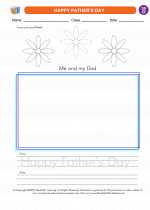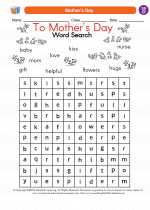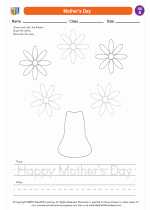Observance of Holidays -> diwali
Diwali
Diwali, also known as the Festival of Lights, is a significant Hindu festival celebrated by millions of people around the world. It symbolizes the victory of light over darkness, good over evil, and knowledge over ignorance. Diwali is a time for family gatherings, feasting, exchanging gifts, and lighting oil lamps and fireworks.
History
Diwali has its roots in ancient India, and its significance varies across different regions of the country. It is associated with several legends and stories, including the return of Lord Rama, the slaying of the demon Narakasura by Lord Krishna, and the worship of the goddess Lakshmi.
Celebrations
Diwali is celebrated over a period of five days, with each day holding its own significance and rituals. The festival typically includes cleaning and decorating homes, wearing new clothes, preparing special dishes, offering prayers and worship, lighting oil lamps (diyas), and setting off fireworks.
Customs and Traditions
During Diwali, it is customary to exchange gifts and sweets with friends and family members. People also visit temples, participate in cultural events, and create intricate rangoli designs (decorative patterns made on the floor). The lighting of diyas and candles is a central part of the celebrations, symbolizing the triumph of light over darkness.
Education and Awareness
For students and educators, learning about Diwali provides an opportunity to understand and appreciate the cultural and religious significance of the festival. It also fosters an understanding of diversity and promotes multicultural awareness.
Study Guide for Diwali
- What is the significance of Diwali?
- What are the main historical roots of Diwali?
- How is Diwali celebrated?
- What are some customs and traditions associated with Diwali?
- What is the educational importance of learning about Diwali?
[Diwali] Related Worksheets and Study Guides:
.◂Social Studies Worksheets and Study Guides First Grade. Observance of Holidays

 Worksheet/Answer key
Worksheet/Answer key
 Worksheet/Answer key
Worksheet/Answer key
 Worksheet/Answer key
Worksheet/Answer key
 Worksheet/Answer key
Worksheet/Answer key
 Worksheet/Answer key
Worksheet/Answer key
 Worksheet/Answer key
Worksheet/Answer key
 Worksheet/Answer key
Worksheet/Answer key
 Worksheet/Answer key
Worksheet/Answer key
 Worksheet/Answer key
Worksheet/Answer key
 Coloring Worksheet
Coloring Worksheet
